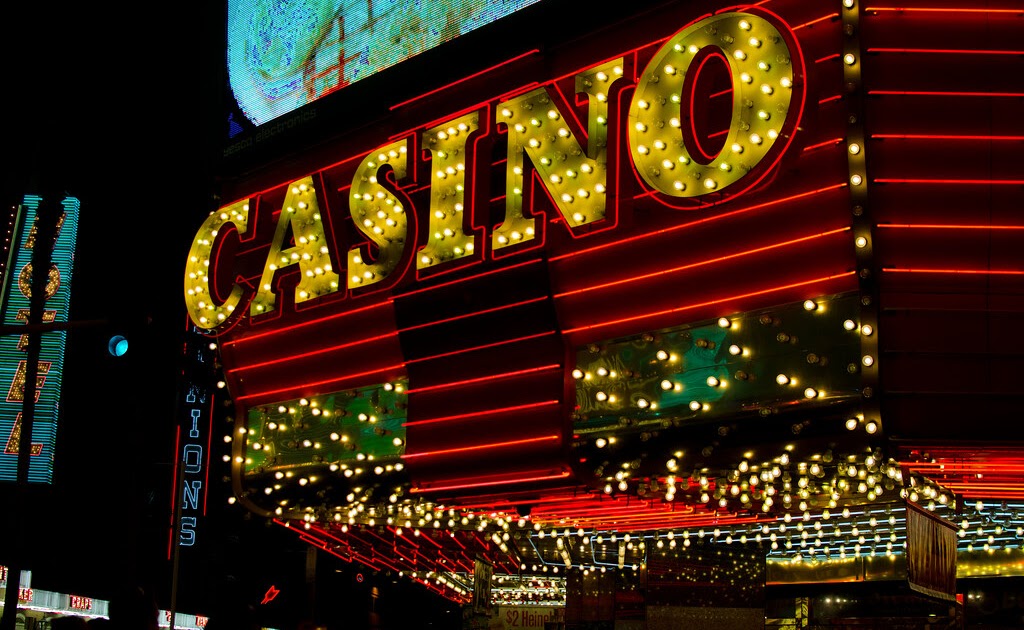
Within a dynamic and stimulating world of casinos, wherein luck and tactics intertwine, color and aesthetic play a pivotal role in drawing in gamblers. From the moment visitors step into a casino or log into a gaming website, they are immersed in a visual feast that grabs their attention and entices them to explore further. Bright colors, engaging graphics, and creative layouts are meticulously crafted to create an environment of excitement and expectation, ultimately enhancing the gaming encounter.
While players navigate through the ever-changing landscape of casino games, they come across a range of designs that not only serve aesthetic purposes but also influence emotions and choices. Hues like scarlet and gold symbolize wealth and luck, while soothing navy and greens can create a more relaxed environment. Understanding how these elements function together enables casinos to create an inviting and stimulating atmosphere that encourages players to interact with the games, spend more time at the tables, and increase their overall enjoyment.
The Science of Tint in Gaming Establishments
Tint plays a key role in the design of casino games, shaping players’ emotional states and responses. kuwin789 Vivid and bold shades, such as scarlet and amber, are often used to ignite enthusiasm and capture attention. These hues create a sense urgency and vitality, encouraging players to involve themselves more eagerly with the experience. By intentionally selecting colors, developers aim to inspire feelings of pleasure and anticipation, which can enhance the total player experience.
Various shades also have psychological meanings that can impact how gamblers perceive their possibilities of victory. For case, lime is often associated with good fortune and abundance, making it a well-liked choice in activities like roulette and poker setups. This association can result players to feel more positive and assured in their gameplay, ultimately encouraging them to stake more. Grasping these connections allows game creators to design environments that enhance player satisfaction and engagement.
Moreover, the design of gambling game interfaces often employs color gradients and opposing shades to guide players’ actions. For case, successful combinations may be highlighted with bright, differing hues, creating a visual cue. This method reinforces successful results and promotes repeated participation. By utilizing color psychology, gambling establishments can develop activities that not only draw gamblers but also maintain them engaged and committed in their gaming experience.
Creative Elements that Engage Gamers
The visual appeal of gambling games is primarily influenced by the implementation of vibrant colors. Lively and contrasting colors are strategically chosen to create an inviting atmosphere that grabs interest. For example, crimson and golden hues often signify good fortune and wealth, which is why they are prevalent in the palettes of gaming machines and game surfaces. These colors not only attract players in, but they also evoke emotions associated with thrill and anticipation, enhancing the total gaming experience.
In parallel to color, the design and layout of casino games play a crucial role in captivating players. Games are designed to be intuitive, ensuring that players can quickly understand the guidelines and mechanics. Accessible interfaces, along with engaging graphics and animations, help maintain player interest and encourage longer play sessions. The tactile elements, such as the feel of the buttons and the audio of the games, also add to a comprehensive sensory experience that keeps players immersed.
In conclusion, thematic elements in gaming design can significantly influence player choice. Many casino games are inspired by popular culture, myths, or adventure themes, incorporating symbols and characters that resonate with players. These themes create a sense of engagement and relatability, making each game feel unique. When players feel a bond to the concept, they are more likely to opt for that game over others, leading to higher participation and excitement within the gambling environment.
Case Studies: Notable Casino Table Game Designs
One prime example of effective casino game design is the well-known slot machine series themed around popular movies. Games such as those based on the Wizard of Oz and Game of thrones utilize vibrant colors and high-quality graphics to immerse players in familiar narratives. The application of moving visuals and engaging sound effects captures the focus of players, establishing an emotional connection to the theme. This tactic not only encourages longer play but also enhances the overall gaming experience, yielding increased player retention.
Another notable case is the application of color psychology in table games like blackjack and the wheel. Casinos often create these games with rich reds and greens, colors traditionally associated with luck and wealth. For instance, the emerald felt on a 21 table provides a calming effect, while the red accents in the wheel invite anticipation. This deliberate use of color helps to foster an inviting atmosphere that motivates players to participate, fulfilling their psychological impulses and enhancing their enjoyment.
Finally, online casino games that incorporate social features and bright, dynamic designs have experienced remarkable success in engaging players. Games like Zynga Poker and Slotomania leverage striking colors and playful animations to establish an inviting online environment. The inclusion of leaderboards, social sharing options, and in-app rewards promotes competition and community, pulling players in for longer sessions. Such designs merely make the games visually enticing but also underscore social interaction, a crucial factor in player retention and engagement within digital casino environments.
